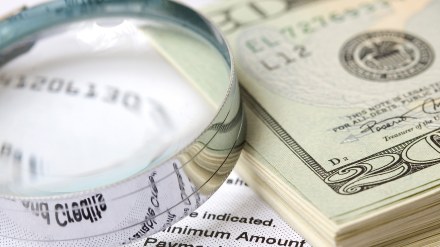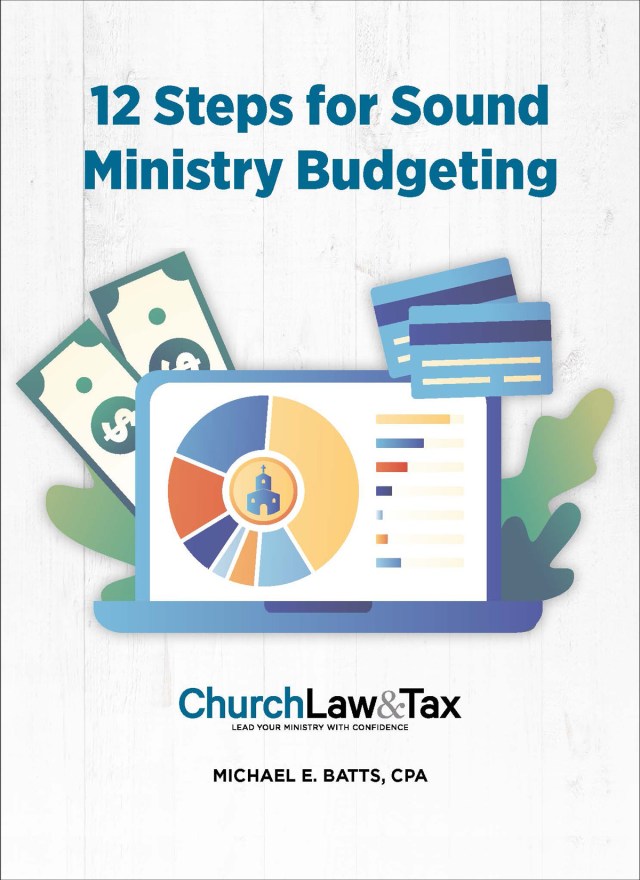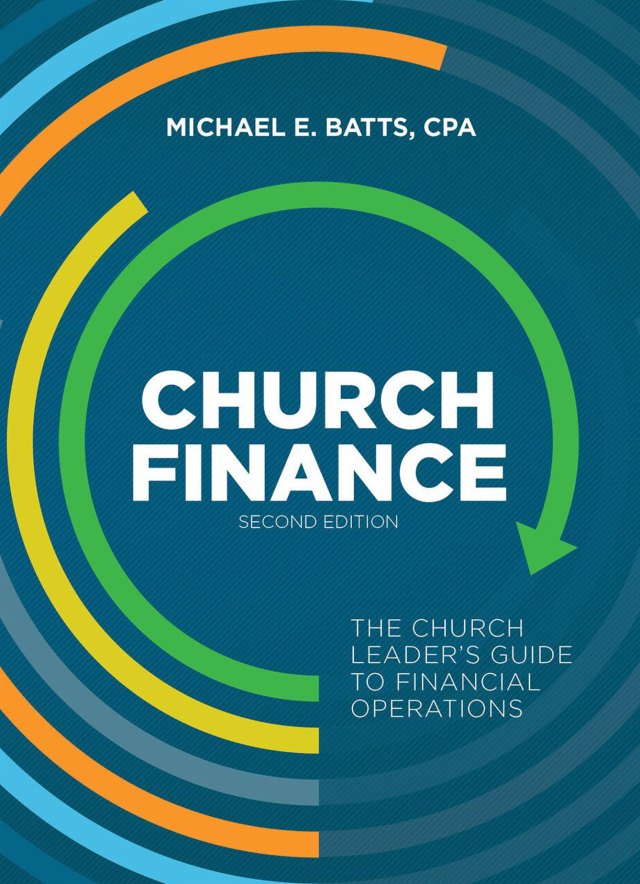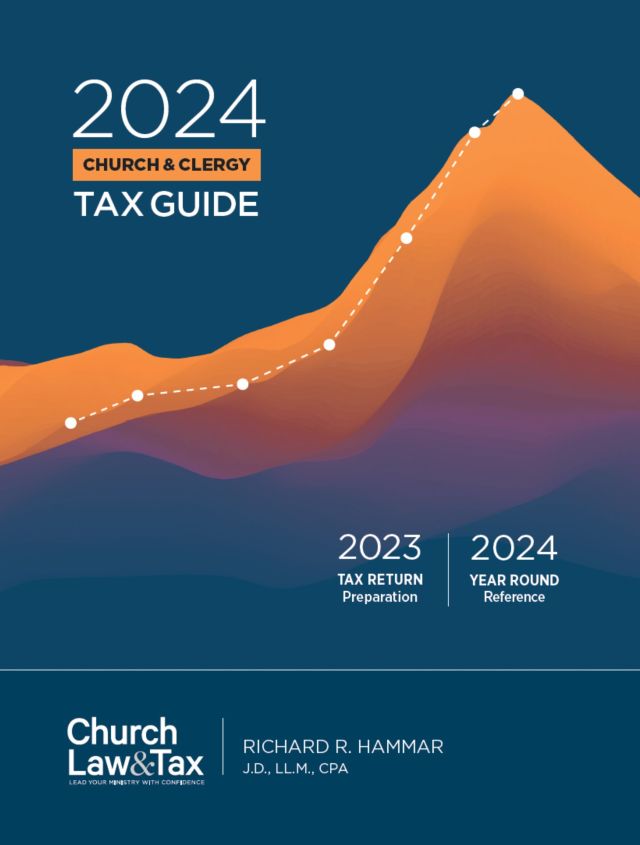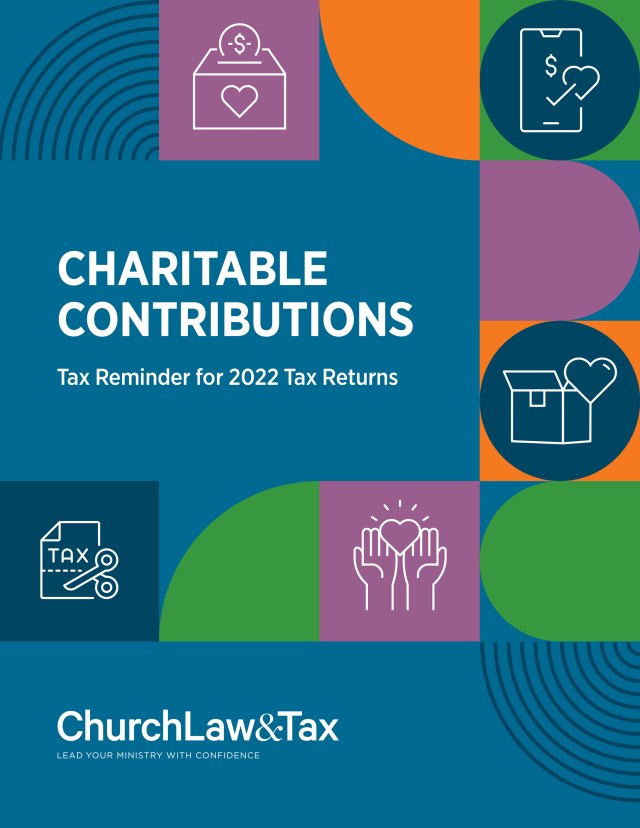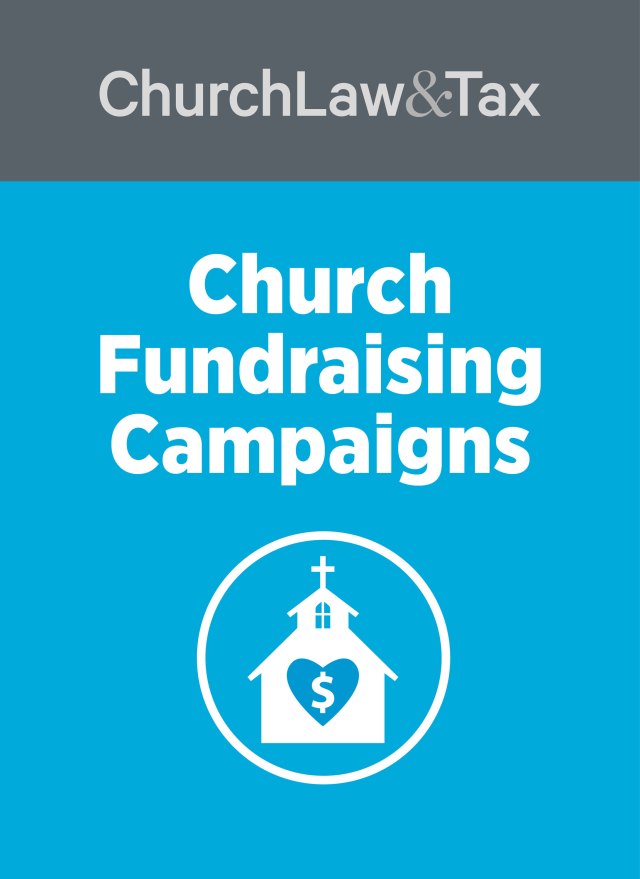Since the CARES Act’s Paycheck Protection Program (PPP) launched in early April, some borrowers, including nonprofit organizations, have experienced substantial scrutiny regarding their financial qualifications for PPP forgivable loans.
Under the CARES Act, all eligible recipients must “make a good faith certification” that, among other things, the uncertainty of current economic conditions due to the COVID-19 pandemic makes their respective loan request necessary to support their ongoing operations.
The certifying borrower also must acknowledge that the PPP loan funds will be used to retain workers and maintain payroll or make mortgage payments, lease payments, and utility payments. These certification requirements open the door for a government audit of matters such as “necessity” for a PPP loan, the amount of a PPP loan, and the use of PPP loan funds.
The US Small Business Administration (SBA) administers the PPP on behalf of the US Department of the Treasury. While most SBA guidance does not single out churches and religious organizations, the most recent SBA guidance states that the guidance applies to all PPP borrowers, including churches and ministries.
Understanding the “necessity” requirement
Through multiple iterations of the SBA’s Guidance on PPP loans, the latest of which was issued on May 13, 2020, the SBA stressed the “necessity” requirement for applicants trying to determine their eligibility for a PPP loan. This emphasis appears primarily in Questions 31, 37, 39, 46, and 47 of the SBA’s continually evolving Frequently Asked Questions.
Here is pertinent guidance from Question 31:
31. Question: Do businesses owned by large companies with adequate sources of liquidity to support the business’s ongoing operations qualify for a PPP loan?
Answer: . . . [A]ll borrowers must assess their economic need for a PPP loan under the standard established by the CARES Act and the PPP regulations at the time of the loan application. . . . [B]orrowers still must certify in good faith that their PPP loan request is necessary. Specifically, before submitting a PPP application, all borrowers should review carefully the required certification that “[c]urrent economic uncertainty makes this loan request necessary to support the ongoing operations of the Applicant.” Borrowers must make this certification in good faith, taking into account their current business activity and their ability to access other sources of liquidity sufficient to support their ongoing operations in a manner that is not significantly detrimental to the business. . . .
Any borrower that applied for a PPP loan prior to the issuance of this guidance and repays the loan in full by May 7, 2020 will be deemed by SBA to have made the required certification in good faith (emphasis added).
On May 5, 2020, the SBA extended the safe-harbor deadline for loan repayments to May 14, 2020. Then, on May 13, 2020, the SBA extended the safe-harbor deadline to May 18, 2020, in Question 47.
Also on May 13, 2020, the SBA issued Question 46, addressing the “good faith” standard: For all loans less than $2 million, the SBA will assume the borrower determined in good faith that it met the requirement for the PPP loan. For loans of $2 million or more, the SBA will examine whether the borrower met the standards for the loan. If the SBA determines that the borrower does not qualify, it will demand repayment of the loan. If the borrower repays the loan, then the SBA will not pursue any other remedies.
Careful documentation is essential
PPP loan certifications revolve around or focus on these core factors: borrower qualification as an “eligible recipient”; necessity for the loan; the loan amount; and, the qualified uses once PPP loan dollars are disbursed to a borrower.
According to Steven Mnuchin, Treasury Department Secretary, liquidity is a critical factor in the certification. Some eligible recipients are more “liquid” than others. But the depth of liquidity is, in most situations, certainly “uncertain” when it comes to meeting the goals intended by the PPP loans; that is, maintaining payrolls through the applicable eight-week covered period to be funded by the PPP loan as the pandemic continues.
For the loans of more than $2 million, documentation is the primary key to substantiating the good-faith certification for a PPP loan, and demonstrating it is not a perfect science. To substantiate a good-faith certification under the CARES Act, borrowers will inevitably turn to an innumerable list of factors applicable to the borrower’s activities, including, but not limited to: its financial state; its access to credit lines; its donor base; any supply chain challenges; any COVID-19-related government orders affecting a specific geographic location; any uncertainties about future donations; its remote-working capabilities; and, other employment-focused and fund-producing conditions.
Borrowers should have documented their state of affairs before applying for a PPP loan. Still, it is likely not too late to look back and account for the state of business affairs that existed when the PPP loan application was submitted to the applicable lender.
The borrower should document the risks and uncertainties that led it to apply for the PPP loan, such as cash on hand, anticipated and actual revenue declines, and other factors. It should also document its efforts to keep its employees compensated during the foreseeable future, even when work was not available.
The borrower also should document how various government policies adversely affected the borrower’s ability to continue operating. The borrower should measure the adverse impact after March 15, 2020 (or the shutdown date for the borrower’s location(s) when the government policies came into effect).
Preparing for loan forgiveness
To be forgiven, PPP loan proceeds must be used for qualifying expenses within the eight weeks after receiving the loan proceeds. The eight weeks begin on the date the lender makes the first disbursement of PPP loan proceeds to the borrower. Borrowers should consider placing PPP loan proceeds in an account separate from general use funds. The borrower should consider using the PPP loan proceeds on qualified PPP payroll costs before using the borrower’s general use fund account.
Also of necessity: borrowers should make sure the PPP loan uses are adequately tracked and documented in a systematic and easy-to-report manner. Contact payroll administration (internal or external, as applicable) to ensure the borrower can easily extract payroll information within the covered period that is funded by PPP loan proceeds. Borrowers should establish a systematic process for transfers of funds to cover the types of costs permitted for a PPP loan in order to qualify for forgiveness.
Borrowers should carefully and systematically document the necessity for the PPP loan and use of the PPP loan to establish how those government funds were used to their intended purposes—to keep Americans employed in a most uncertain period of economic conditions. The borrower or its decision-making leaders must be willing to accept the risks that come with forgiveness and a potential audit.
CPA and attorney Frank Sommerville, a senior editorial advisor for Church Law & Tax, is a shareholder in the law firm of Weycer, Kaplan, Pulaski & Zuber, P.C. (WKPZ) in Houston and Dallas, Texas. Attorney Cory Halliburton is also a shareholder with WKPZ and serves as outside general counsel and business consultant to many different forms of tax-exempt (nonprofit) organizations.
